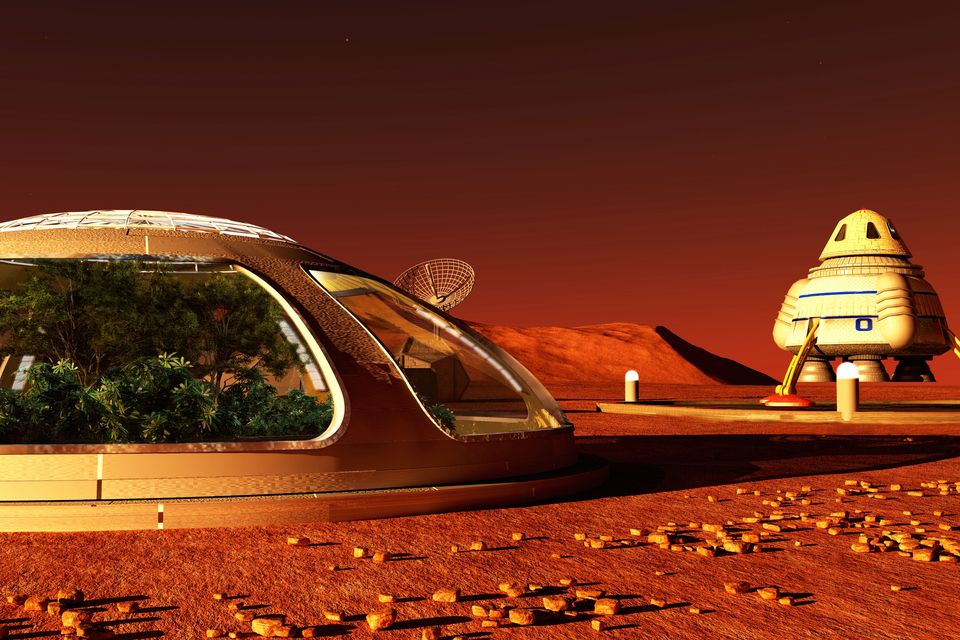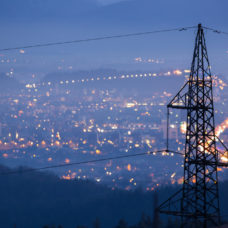Scientists at NASA are considering the possibility of constructing a mushroom base on the moon and Mars.
According to the project’s principal investigator, Lynn Rothschild, the current traditional habitat design for Mars is like a turtle. Meaning, we have to carry our homes on our back when visiting the Red Planet or even the moon.
While this accommodation plan is reliable, Rothschild points out that it entails a significant energy cost. To avoid the expense altogether, the researchers suggested growing a mushroom base from mycelia when we get to the space destination.
NASA officials wrote in the same statement:
“Ultimately, the project envisions a future where human explorers can bring a compact habitat built out of lightweight material with dormant fungi that will last on long journeys to places like Mars.”
The researchers further explained that explorers had to unfold the basic structure and add water. Then, the fungi would grow around that framework into a fully functional habitat for humans.
It sounds a bit far-fetched, we know. So, let’s delve a little deeper.
Building a Mushroom Base on Mars
NASA first considered the possibility of building a mushroom base on the moon back in 2018. Now, scientists are testing mycelium fungus to see how well it’ll grow on the red planet.
Mycelium is a mass of nutrient absorbing, widely branching underground threads that make up a vast bulk of a fungus.
The space agency’s idea involves shipping a dormant form of the fungus to a moon base. And once it arrives, the scientists would give it water and provide the right condition to enable growth.
Also, a supply of photosynthetic bacteria would provide the mycelium fungus with the necessary nutrients until it grows the desired shape. At this point, the scientist would apply a heat treatment, which would not only kill the fungus, but it’ll also turn it into a compact brick.
The researchers pointed out that the mycelia could do more than solve space accommodation issues.
The fungus could also help filter water for space explorers, and extract minerals from their sewages, says the NASA officials. What’s more, the myco-architecture could have a significant role on Earth too.
“When we design for space, we’re free to experiment with new ideas and materials with much more freedom than we would on Earth,” Rothschild said. “And after these prototypes are designed for other worlds, we can bring them back to ours.”
If everything works, the myco-architecture could be game-changing for space exploration. However, the project is still in the early stages, and there’s no guarantee that it’ll work.



















Comments (0)
Most Recent